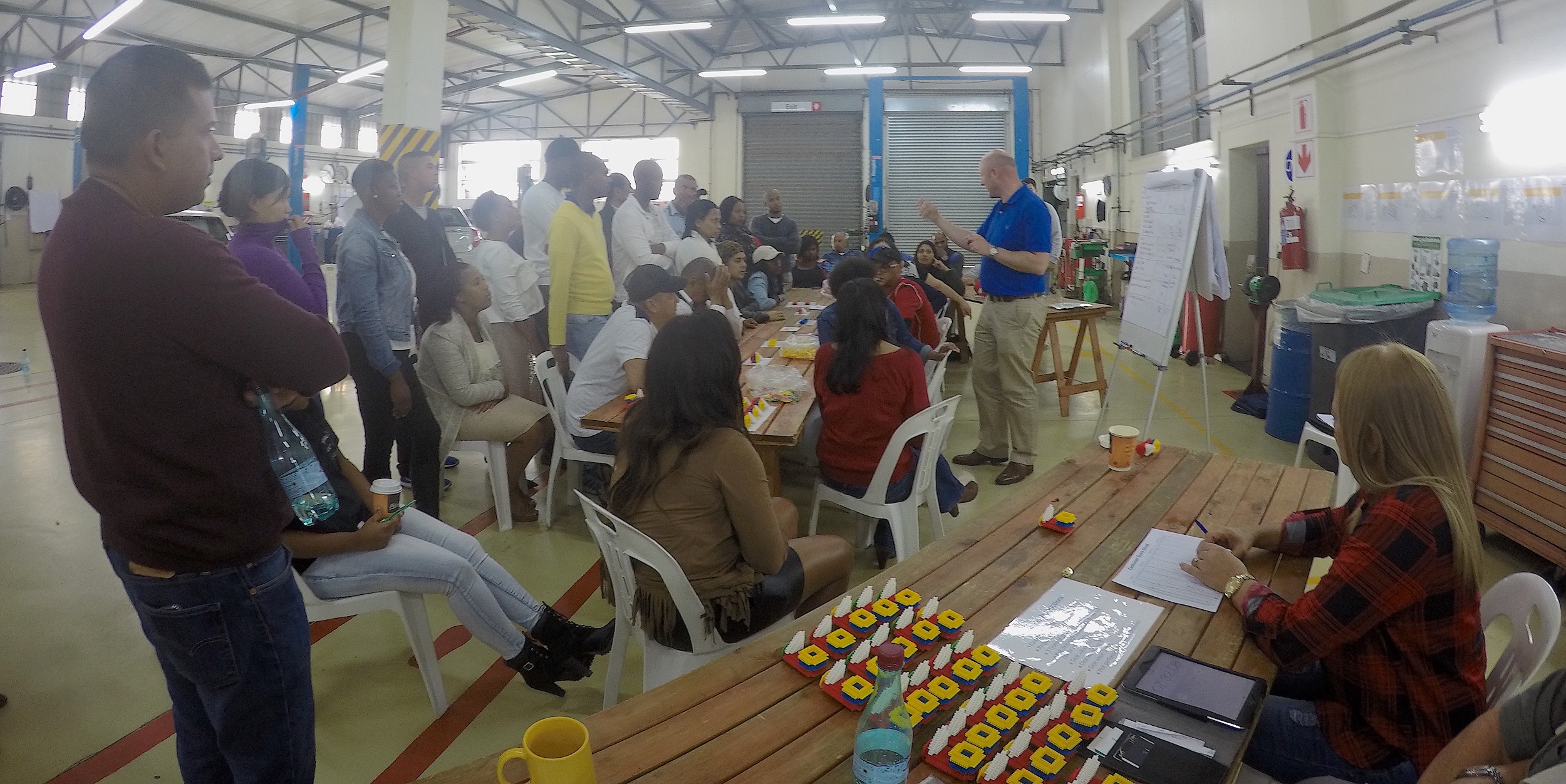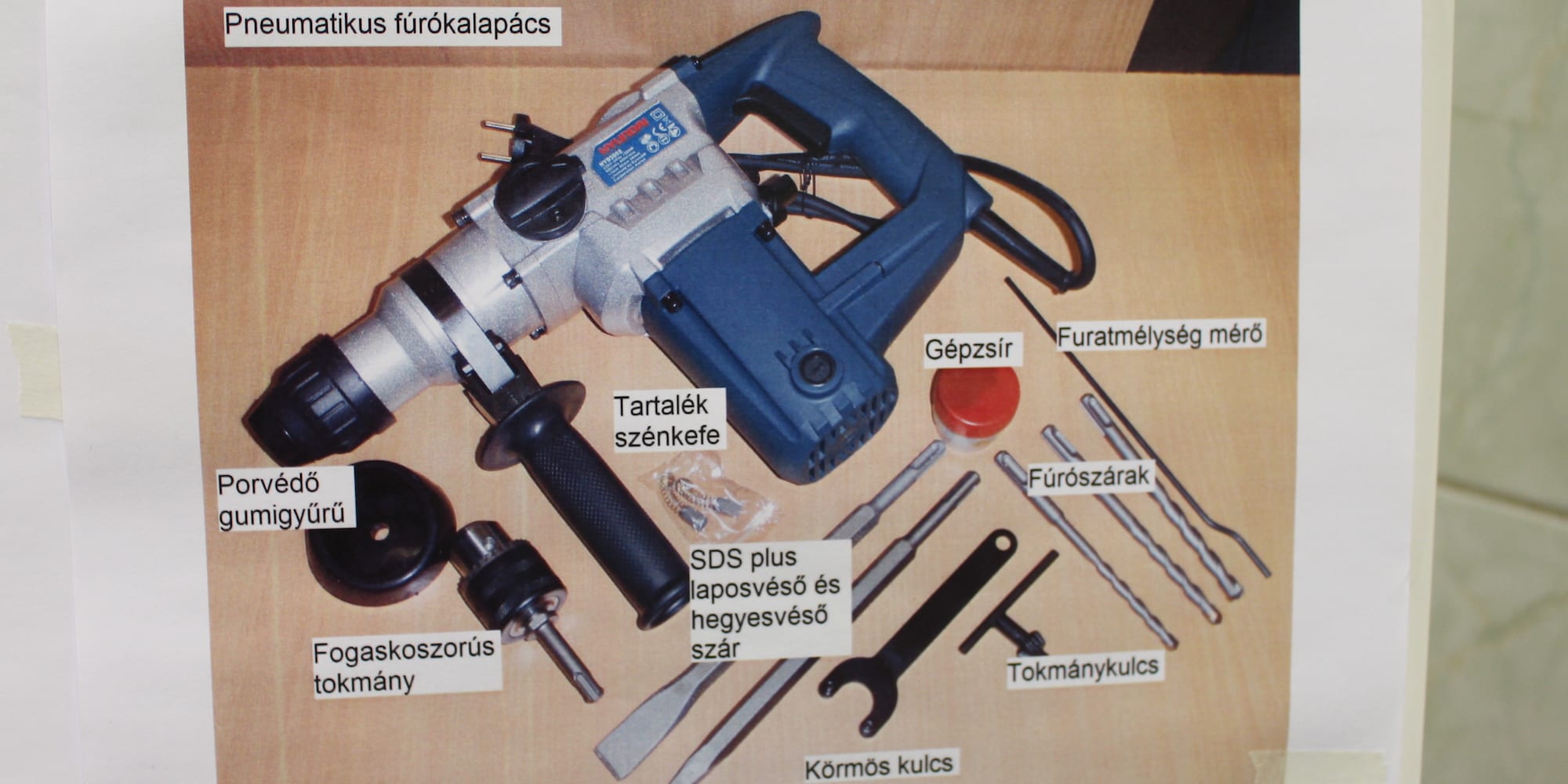
A former assistant manager recounts his time at Toyota
FEATURE - The author looks back at his many years with Toyota and shares some of the key lessons he learned along the way. What a unique company!
Words: Mark Reich, Director of Strategy and Operations, Lean Enterprise Institute
As we strive to bring change about in our organizations, we lean people constantly look at Toyota for guidance and inspiration. I am often asked what the “secret” of Toyota is, and how companies can replicate its success. Despite all that has been written on Toyota over the past 25 years, misconceptions still abound.
Many mistakenly think, for example, that it is the perfect organization. This is far from true: Toyota company faces great challenges, from the struggle to become a truly international organization to the effects of an unprecedented growth rate. However, it still represents the number one model for the lean movement, an example of success that nobody has been able to fully match yet.
So I thought it might be useful to share some of the lessons I learned during my time at Toyota in Japan, where I worked from 1988 to 1994, and in the United States (until 2011).
I joined the company as a specialist, responsible for competitive analysis and for helping determine specifications for new car models going overseas. We carried out our industrial intelligence through, among other things, magazines, of which we purchased a very large amount in order to gather the necessary information. But we didn’t have a good process in place.
As soon as I joined the company, my manager called me and gave me my first assignment: “We are spending too much in car magazines and not using the information properly. Can you prepare an A3 to fix the problem?”
At that point in my career I was receiving more support than I had ever had in a job – both my sempai (a mentor who was helping me get adjusted and with whom I worked on daily basis) and my manager coached me by never giving me the answer to a problem, but by asking me deeper and more specific questions on the current state.
Similarly, I had not received any formal training in A3 thinking, and unfortunately Managing to Learn didn’t exist back then!
I had to learn my way around the A3 I had been asked to prepare. And how hard that was! The first draft was pretty bad and there were several iterations over the following few months. I was growing frustrated, having the impression I was consuming so much of these people’s time without adding any real value.
Frustrating as it was, somehow the process proved rewarding. Eventually, by working with my sempai and developing proposals I got a chance to share them with team members and high-level management. That motivated me and made me feel good about my job. That’s when I realized how important a part of my professional development that assignment had been: without it, I would have never fully understood how competitive analysis was carried out at Toyota and what the right things to investigate were.
The most important lesson I have learned during my time at Toyota is that there is a lot of power in the development of the capabilities of people, and that the role of leadership in creating a culture of problem solving is critically important.
We say these things a lot in the world of lean, but I think that Toyota really does live up to these ideas.
In my time with the company, my roles and responsibilities changed quite significantly every year, and with new responsibilities came new assignments. This is part of Toyota’s drive to make people’s work more fulfilling and to promote self-development.
This was another key lesson for me. Throughout my time at Toyota, I felt like the responsibility of my development was mine. I always pursued my own professional development and learning (four years after joining I became assistant manager), and management always supported my efforts to match, as best they could, my interests with business opportunities based on company needs.
For example, when I left Japan to join the Toyota Production System Support Center I had indicated I wanted to return to the States to work. Even though I had never considered a career at TSSC, management introduced me to them and strongly encouraged me to pursue that opportunity. They helped me to realize what I had started out of my own initiative.
The culture of the organization allows for the creation of an environment where people are free to pursue what they value and where their ideas are heard. Self-development is a great form of empowerment.
Toyota’s approach to people development (learning by doing while performing the work) is also reflected in the way the company assesses employee performance. While most organizations measure the contribution of their employees primarily based on the results they achieve, Toyota puts a lot of emphasis on the process.
This part of the evaluation is built around the execution of the values of the Toyota Way (challenge, kaizen, genchi gembutsu, team work and respect), with a great focus on the extent to which the employee understands the current state.
I remember many evaluations during which it became clear that while a lot had been achieved on the results side, more could be done to grasp the situation and deepen my understanding of how the process worked.
As in any other organization, results are extremely important at Toyota, but the understanding of the process is equally evaluated and rewarded. And that to me is pretty unique.
THE AUTHOR

Read more


FEATURE – The author shares a story from a training session at the gemba, which contains a couple of important lessons on the Training Within Industry method.


FEATURE – In many organizations, strategy is often lacking from the digital transformation agenda. The authors provide insights into how value chains and Wardley Maps can assist.


INTERVIEW – The Lean Enterprise Academy just launched the Lean Learning Journey, an online platform from which practitioners can pull the practical knowledge they need in their lean transformation.


VIDEO INTERVIEW – A store manager explains how a simple kaizen reduced waiting times for customers who want to return products. We use today’s video to launch our Lean Improv contest.

